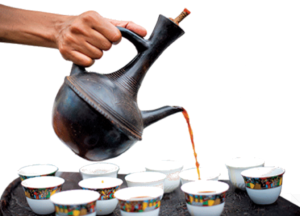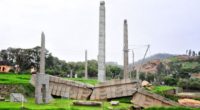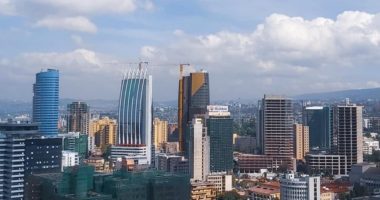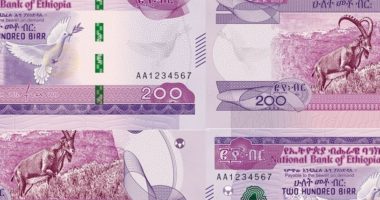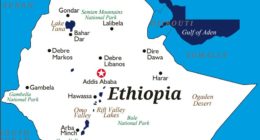Ethiopia is a land of wonder and enchantment; a country that boasts one of the richest histories on the African continent. Ethiopia is a land of full of contrasts, a land of remote and wild locations and a land that is home to cultured and friendly people.
A people who are believed to have descended from some of the world’s oldest civilizations. This very land is the home of the fabled Queen of Sheba, the birthplace of coffee and is believed to be the home of the Biblical Ark of the Covenant. A trip to Ethiopia, is quite literary, a home-coming for all peoples of the world. This is because it is in the Ethiopian Rift Valley, a volcanic scar that bisects this great land, where hominids first walked on two feet. Known to many as the enchanted land or in some quarters as the gifted land, it is easy to see why. This is because Ethiopia is a land of contrasting landscapes, ancient civilizations and unique cultural traditions and boasts revered religious sites in both the Christian and Muslim faiths.
A land where revered emperors heralded some of the earliest human civilizations in Africa. Mighty lakes and rivers dot its landscape as do unique wildlife roam its lands, wild game that cannot be seen anywhere else on earth, but in Ethiopia. These are some of the reasons why Ethiopia is today one of the rarest countries on earth that seems to have little something for everyone. And this is why you need to visit Ethiopia. Welcome to Ethiopia – The Gifted Land.
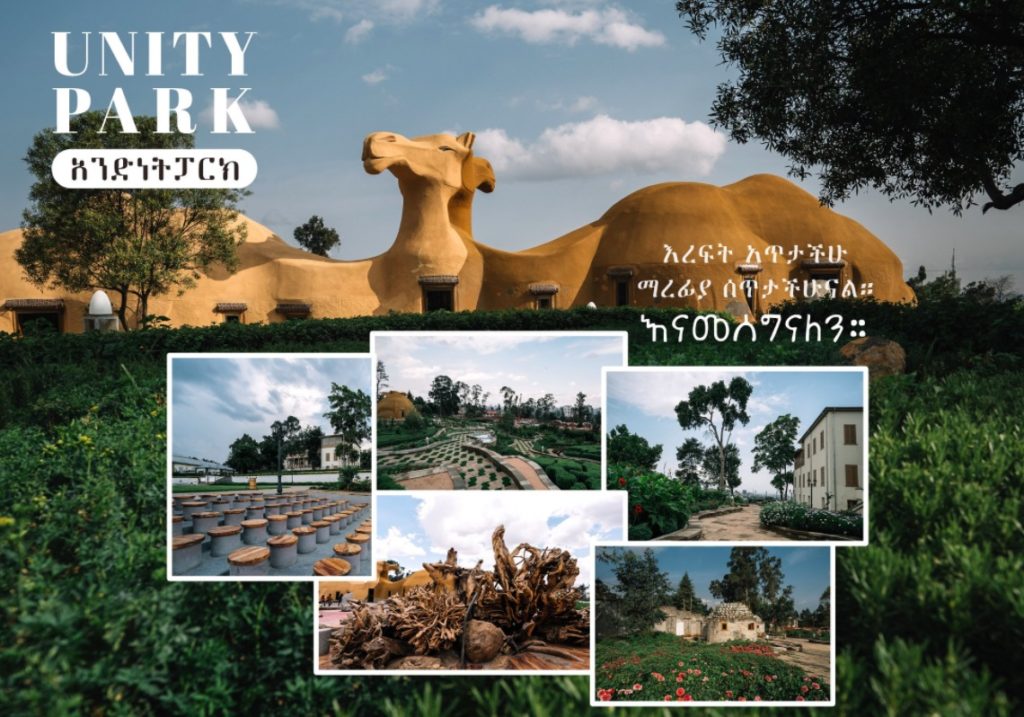
Country Profile
Ethiopia, five times the size of the United Kingdom, is strategically located in the Horn of Africa. Its proximity to the Middle East and Europe, together with its easy access to the major ports of the region, enhances its international trade. Covering an area of approximately 1.14 million square kilometers (444,000 square mile), Ethiopia is bordered by the Sudan on the west, Somalia on the south-east, Djibouti on the east, Eritrea on the north and Kenya on the south.
Although Ethiopia lies within 15 degrees north of the equator, owing to the moderating influence of high altitude, the central highlands, where the vast majority of Ethiopian peoples live, generally enjoy temperate and pleasant climate, with average temperatures rarely exceeding 20 degree centigrade. The sparsely populated low lands, on the other hand, typically have sub-tropical and tropical climates. At approximately 850mm (34 inches), the average annual rainfall for the whole country is considered to be moderate by global standards. In most of the highlands, rainfall occurs in two distinct seasons: the “small” rains during February and March and the “high rains from June to September.
Addis Ababa
Addis Ababa, the largest city, is the seat of the Federal Government of Ethiopia, and lies on the central plateau at an altitude of 2,400 meters, 9 degree north of the equator. Its average temperature is 16 degree Centigrade.
Young as cities go; Addis Ababa was founded in 1887, and has a population of above 5 million. It is host to the African Union (AU), and the United Nations Economic Commission for Africa (ECA). Several other international organizations have their headquarters and branch offices in the capital, which is also the center of commerce and industry. Manufacturing plants for steel fabrication, wood, tanneries, textiles, cement, leather goods and breweries are among the activities located in and around Addis Ababa.
Ethiopia’s other important cities of trade and industry are: Awassa, Dire Dawa, Gondar, Dessie, Nazareth, Jimma, Harar, Bahir Dar, Mekele, Debere Markos and Nekemte. All these towns are connected to Addis Ababa by asphalt and gravel roads, and most of them have good infrastructural facilities, such as first class hotels and airports. The Ethio-Djibouti railway connects Dire Dawa to the capital.
Coffee
The story of coffee has its beginnings in Ethiopia, the original home of the coffee plant, coffee arabica, which still grows wild in the forest of the highlands. While nobody is sure exactly how coffee as a beverage came about, it is believed that its cultivation and use began as early as the 9th century.
Coffee Arabica, first discovered in the ‘Kaffa’ region (from which the name coffee is derived) in south western Ethiopia, grows wild in many regions of the country and has been used by Ethiopians for many years as a food, a beverage and a medicine. It now accounts for 65% of all export earnings.
Produced using three very distinctive methods – (the forest system, the small farm or cottage system and the plantation system) – Ethiopian coffee has earned itself a reputation as one of the finest, most flavourful coffees in the world. The forest system means coffee grows under a forest canopy and needs very little human interference. The small farm or cottage system is the most popular method for producing coffee in Ethiopia – in fact this method is responsible for 95% of all coffee production. The cottage system consists of small backyard gardens with a few coffee trees, which are harvested by hand. There are presently some 700,000 coffee smallholders who produce coffee in this way. The final method of production is the plantation system, which is becoming increasingly popular. This is farming on a larger scale using modern processing equipment and ensures more quality assurance advantages.
Dilla, the capital of Gedoa in southern Ethiopia is the home of some of the finest coffee plantations. Seven years ago there were only 33 industrial units for processing coffee in Dilla, now there are 200.
Ethiopia is the home of coffee. An intricate traditional coffee ceremony is performed in many households. This may also be seen in most of the larger hotels in Addis Ababa. The time devoted to the ceremony indicates how important the drink is to Ethiopians.
At the start of the ceremony a table is scattered with freshly-cut grass to give the fresh and fragrant scent of outdoors. A female attendant or the lady of the household sits on a low stool beside a charcoal brazier. She first lights a stick of incense to provide the right atmosphere. Guests are given a snack such as popcorn whilst the ceremony is proceeding. The green coffee beans are roasted in a pan and then ground with a pestle and mortar. Then the pot for boiling the coffee is produced, a round clay pot with a plump base and a long narrow neck and spout. After the water has been heated the coffee is added and brought to the boil. The coffee is poured into small, traditional cups and sugar is added. The coffee has a full-bodied flavour but it is not itself bitter.
